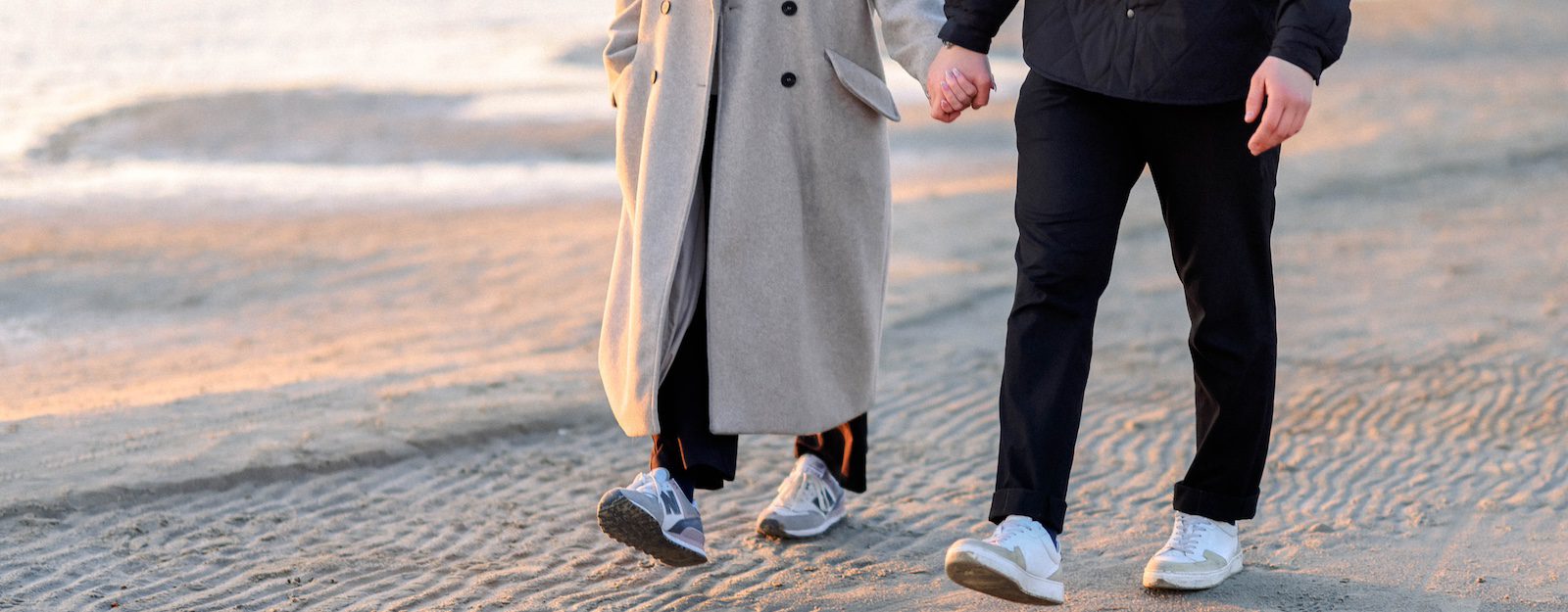Exercise may keep you looking strong on the outside, but it also benefits your body in many ways you can’t see. Physical activity helps you prevent disease, live longer, and can improve your quality of life. Read on to learn how much exercise you need, how exercise affects your lifespan, and ways to increase your physical activity level.
How Much Exercise is Enough?
The Physical Activity Guidelines for Americans recommend achieving 150 minutes (about two and a half hours) of moderate-intensity physical activity weekly plus two days per week of muscle strengthening activity. Meeting these guidelines can result in many benefits to your health and well-being, including extending your longevity.
Physical Activity Impacts Health
Regular physical activity protects against the leading causes of death in the U.S. and improves your quality of life. A consistent exercise routine can protect you from the following conditions:
- Heart disease
- Type 2 diabetes
- Metabolic syndrome
- Colon cancer
- Osteoporosis
- Sarcopenia (loss of muscle mass, strength, and function)
- Anxiety
- Cognitive impairment (difficulty remembering or learning new things or making decisions)
Why Exercise Helps
Exercise can change your body at the cellular level by protecting something called telomeres. Telomeres are a coating on the ends of your chromosomes. Telomere shortening is associated with aging and increased disease risk. Research shows that exercise extends telomere length, which protects against aging. Exercise also helps counter a process called oxidative stress, which also contributes to cellular damage and aging. In short, the act of exercise improves your body’s ability to defend cells, keep them healthy, and fend off the aging process.
Four Ways to Reach Your Fitness Goals
- Move in ways you enjoy. If you like it, you’re more likely to do it and stick with it. Consider joining a yoga studio, runner’s club, dance class, or a pickup basketball game. Or walk with a coworker or friend during your lunch break. Aim for a minimum of 150 minutes (about two and a half hours) of physical activity per week.
- Schedule your physical activity. If it’s in your calendar, you’re more likely to do it. Block off time in your personal schedule, set alerts and reminders, and follow through on your commitment to meet your physical activity goals. When you book this time in advance, you’ll likely find that there is enough time in your day to fit in physical activity.
- Find your community. Taking group fitness classes or exercising with a buddy are great ways to help you stay accountable. Your fitness community can also help keep you motivated. Sharing positive experiences with workout buddies is a great way to bond with like-minded people and keep up with your personal goals.
- Consult with your Love.Life doctor before starting a new exercise regimen to ensure that it’s safe to carry out. Our team of healthcare professionals is here to help you to be the healthiest version of you possible.

